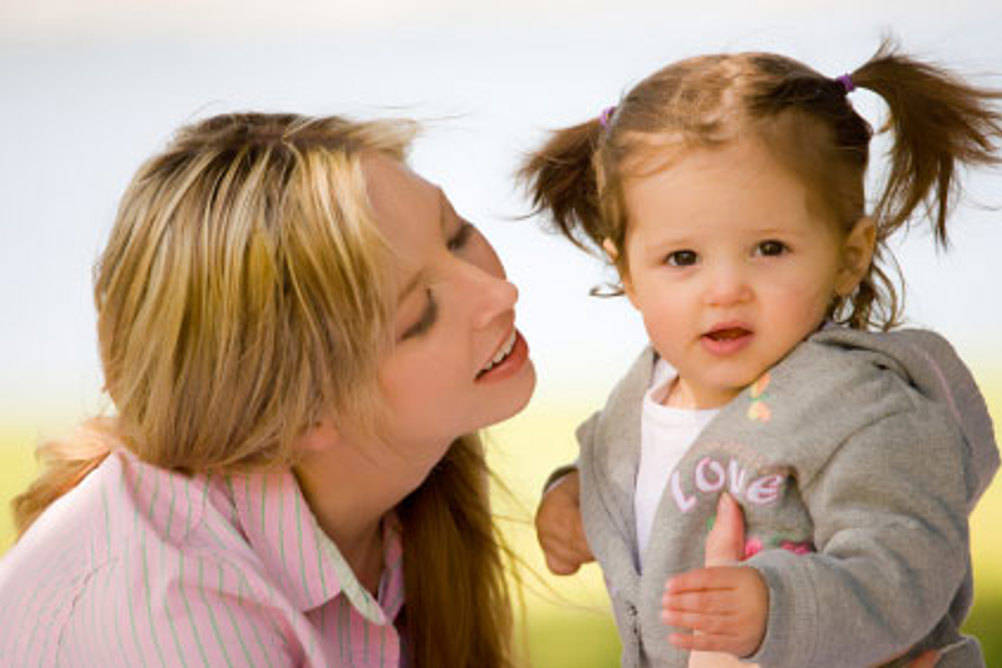
EThe Welsh Government released ‘Protective measures in childcare settings: Keep Childcare Safe on 10 June to support providers to allow more children to attend and protect them and staff from the coronavirus. Guidance for schools on Keep Education Safe: Guidance on learning over the summer term was published at the same time.
The guidance for childcare providers, which is separated into 14 sections, includes social distancing measures, cleaning, use of outdoor space and hand washing. The recommendations are aimed at registered settings and environments primarily caring for pre-school aged children, however, many of the same principles apply to childcare provision for older age groups of children, including after-school and holiday schemes.
Register now to continue reading
Thank you for visiting Nursery World and making use of our archive of more than 35,000 expert features, subject guides, case studies and policy updates. Why not register today and enjoy the following great benefits:
What's included
-
Free access to 4 subscriber-only articles per month
-
Unlimited access to news and opinion
-
Email newsletter providing activity ideas, best practice and breaking news
Already have an account? Sign in here









